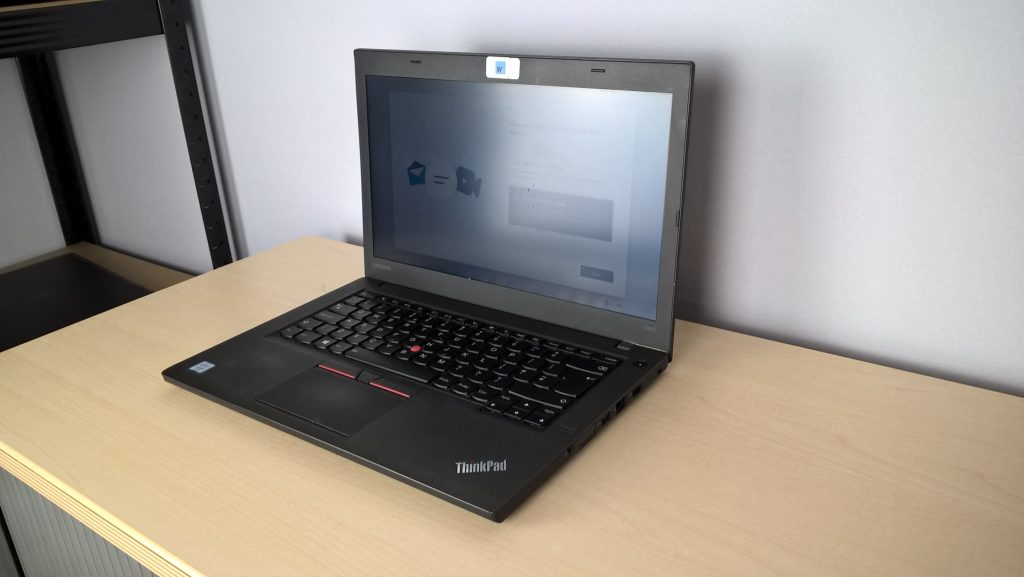Title: Is TLauncher Really Making Its Way into Windows Start Ads? A Cause for Concern?
It appears that a new trend has emerged in the Windows operating system, leaving many users scratching their heads. Recently, some have reported encountering TLauncher advertisements prominently displayed in the Windows Start menu. This unexpected appearance has raised eyebrows and prompted a wave of questions about Microsoft’s advertising practices.
TLauncher, a popular Minecraft launcher that allows users to play different versions of the game without needing a premium account, is not typically associated with the Windows ecosystem in such a prominent way. The inclusion of these ads in a central hub like the Start menu has led to concerns among users about the implications of this sort of promotion.
Such a feature raises an important question: Is this a legitimate development from Microsoft, or should we be wary? Users have started to voice their opinions, with many expressing confusion and surprise at the corporate direction the tech giant seems to be taking.
As we navigate this evolving digital landscape, it encourages us to consider the balance between advertising and user experience. What do you think? Is this a harmless addition or a worrying trend in how technology companies are operating within our everyday environments?
Stay tuned as we continue to explore this topic and watch for any official statements from Microsoft regarding their choice to feature TLauncher in such a prominent manner.
Share this content:




Thank you for bringing this to our attention. The appearance of third-party applications like TLauncher in the Windows Start menu typically indicates that the program has integrated itself into the system’s startup processes or installed a classified shortcut. To address this, we recommend the following steps: